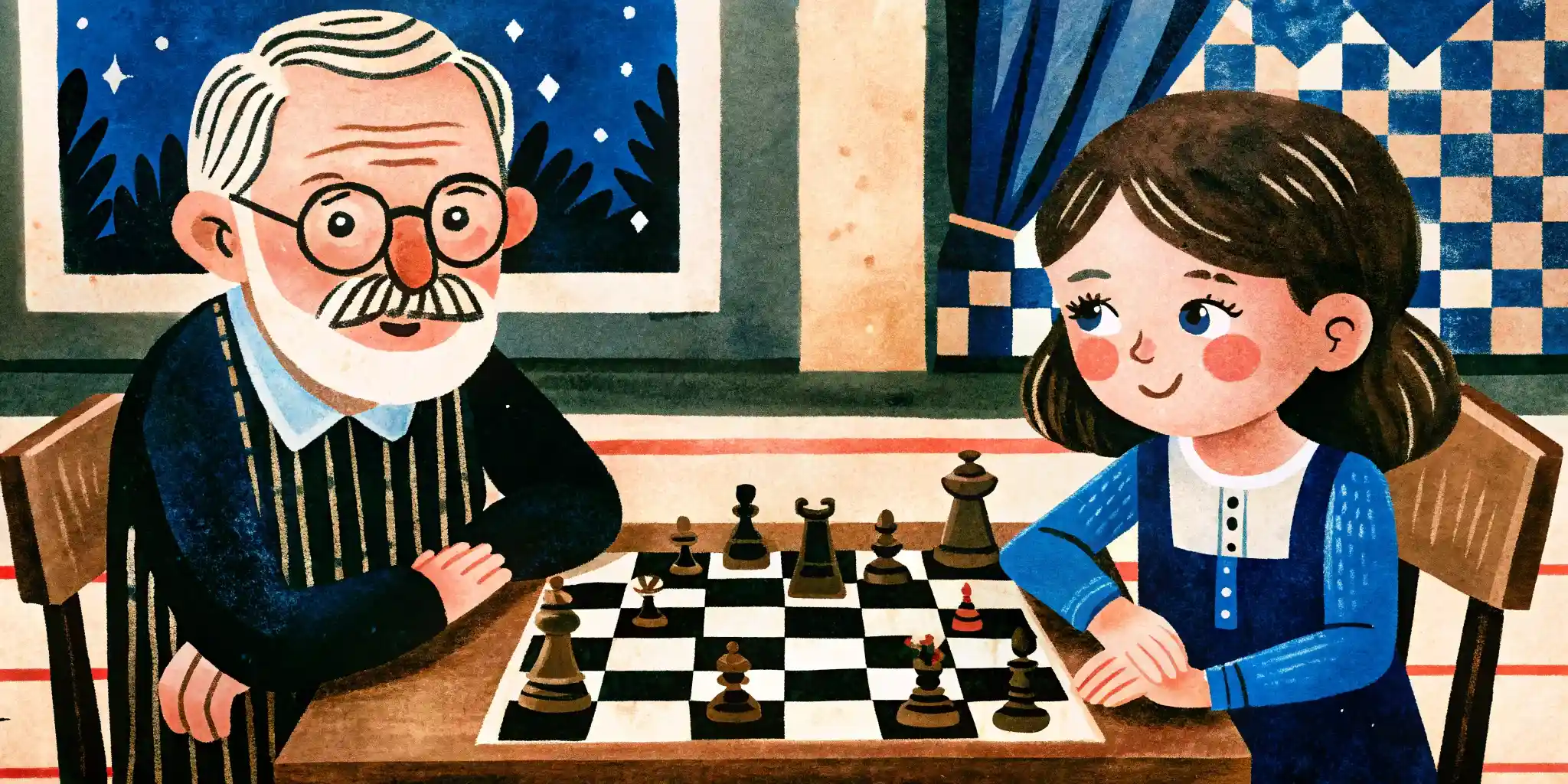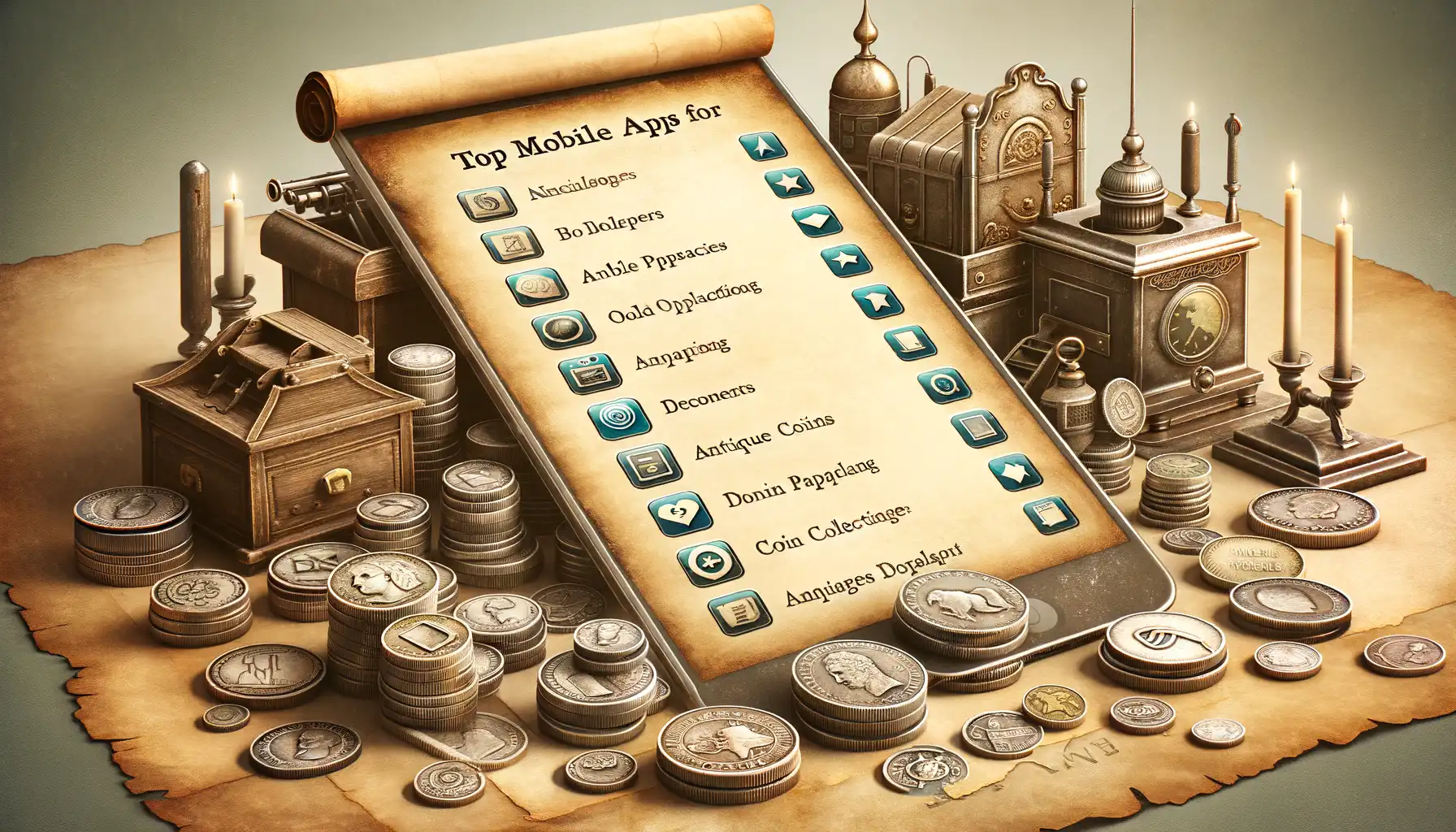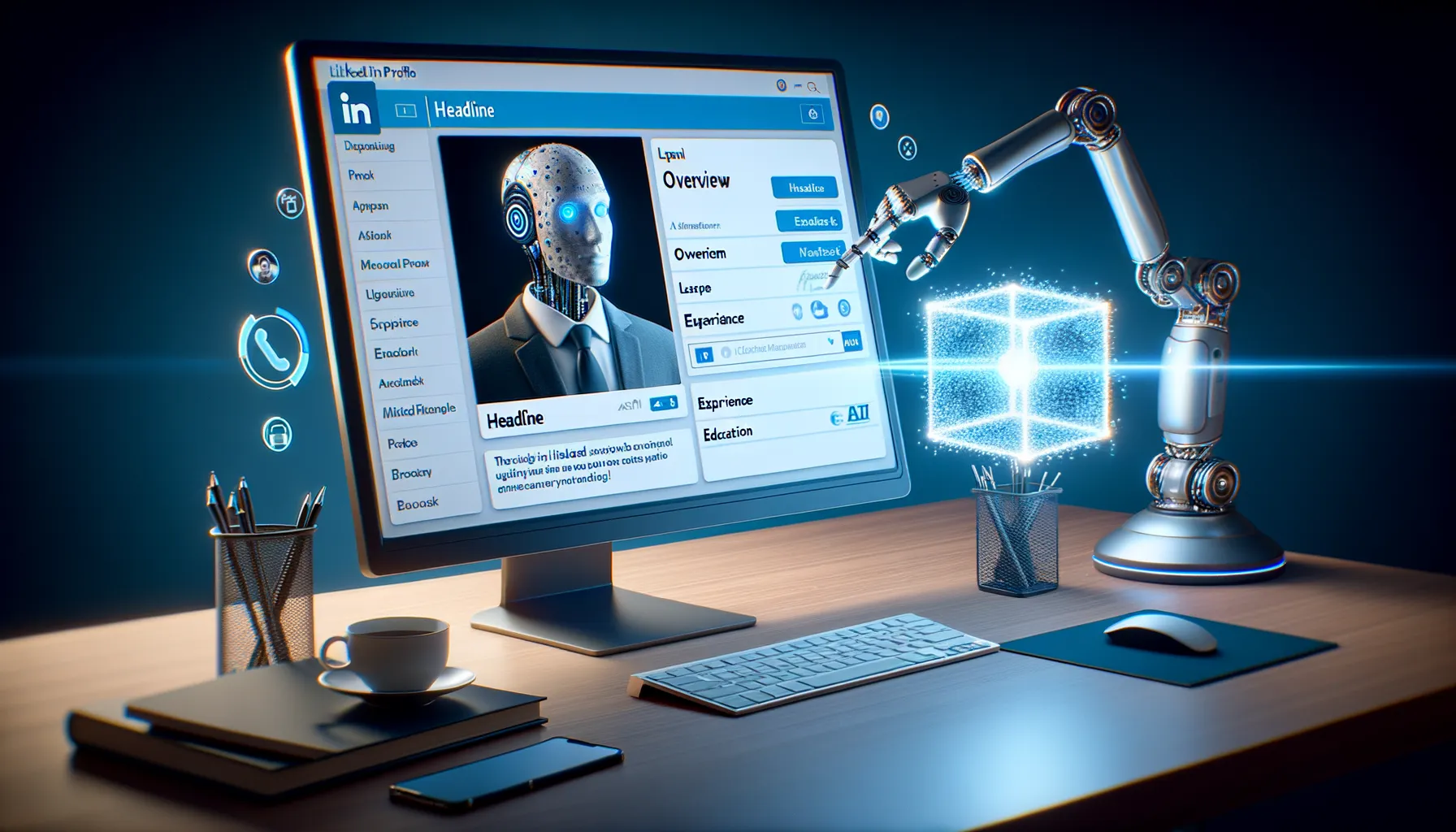Introduction to Machine Learning in Numismatics
Imagine holding a centuries-old coin in your hand. Its intricate design whispers stories of lost empires, rulers, and eras long forgotten. Now, picture this: a computer algorithm looking at that very same coin—not with human eyes, but with the precision and logic of machine learning. The result? A revolutionary leap in how we understand, value, and even trade these tiny pieces of history.
The Convergence of History and Algorithms
For decades, numismatics relied heavily on human expertise—skilled hands flipping coins under magnifying glasses, identifying rare mint marks, or spotting counterfeits. That’s all changing. Machine learning, a branch of artificial intelligence, is stepping onto the scene like an expert collector with superpowers. By analyzing enormous datasets of coin images, patterns, and historical records, modern algorithms can do what once took years of training: authenticate coins, estimate their age, and even predict their market value with uncanny accuracy.
But here’s the cherry on top: machine learning doesn’t just assist experts; it democratizes numismatics. Some tools use image recognition software, so a simple smartphone photo can identify a coin’s origin in seconds.
- Spot counterfeit coins faster than a seasoned appraiser.
- Predict shifts in market demand and coin values.
- Unearth rare collectables hiding in plain sight.
In short, machine learning is transforming numismatics from a world of guesswork and intuition to one of precision, speed, and accessibility. It’s not just about coins—it’s about reshaping how we preserve, trade, and marvel at history itself.
Key Machine Learning Algorithms Transforming Numismatics
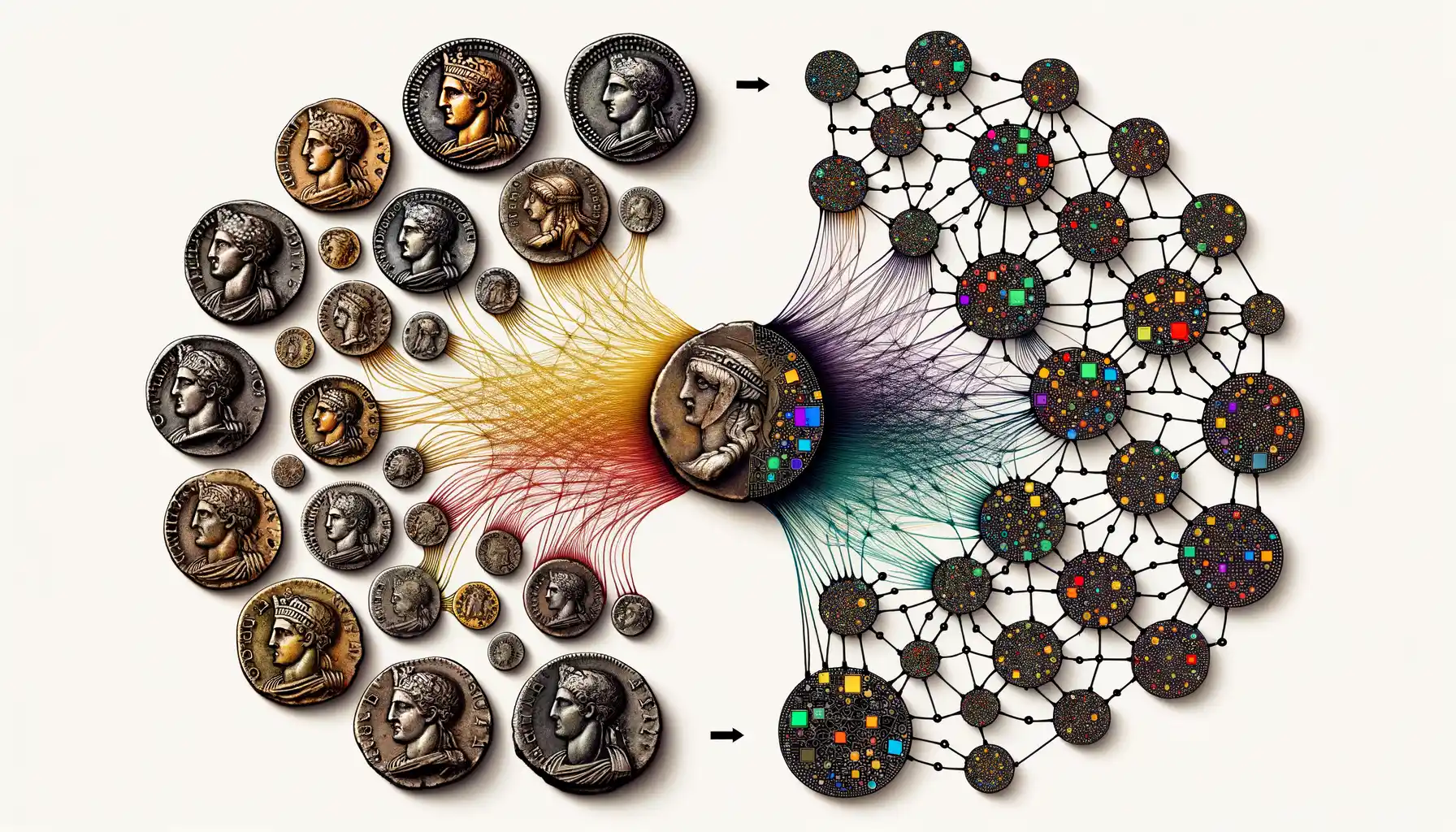
How Algorithms Decode the Mysteries of Ancient Coins
Imagine holding a centuries-old coin in your hand. The wear, the symbols, the subtle patina – they whisper secrets of history. Now, enter the world of machine learning algorithms, where these whispers become a symphony of data-driven insights. These algorithms aren’t just number crunchers; they are historians, detectives, and even artists.
One groundbreaking example is image recognition algorithms. With these, machines analyze patterns in coin imagery, identifying rare mint marks or subtle imperfections that could dramatically affect value. It’s like giving a computer the eyes of a seasoned numismatist, but with the stamina to process tens of thousands of coins in minutes.
Another shining star is natural language processing (NLP). NLP combs through coin catalogs, auction records, and even ancient texts, uncovering hidden correlations. Want to determine how political unrest affected coin production 500 years ago? These algorithms can unravel those connections.
- Clustering algorithms: Perfectly group coins by time period, region, or even artistic styles.
- Predictive models: Forecast future market trends based on historical pricing data.
These “digital archeologists” are transforming numismatics, peeling back layers of history to reveal stories once lost to time.
Applications of Machine Learning in the Coin Market
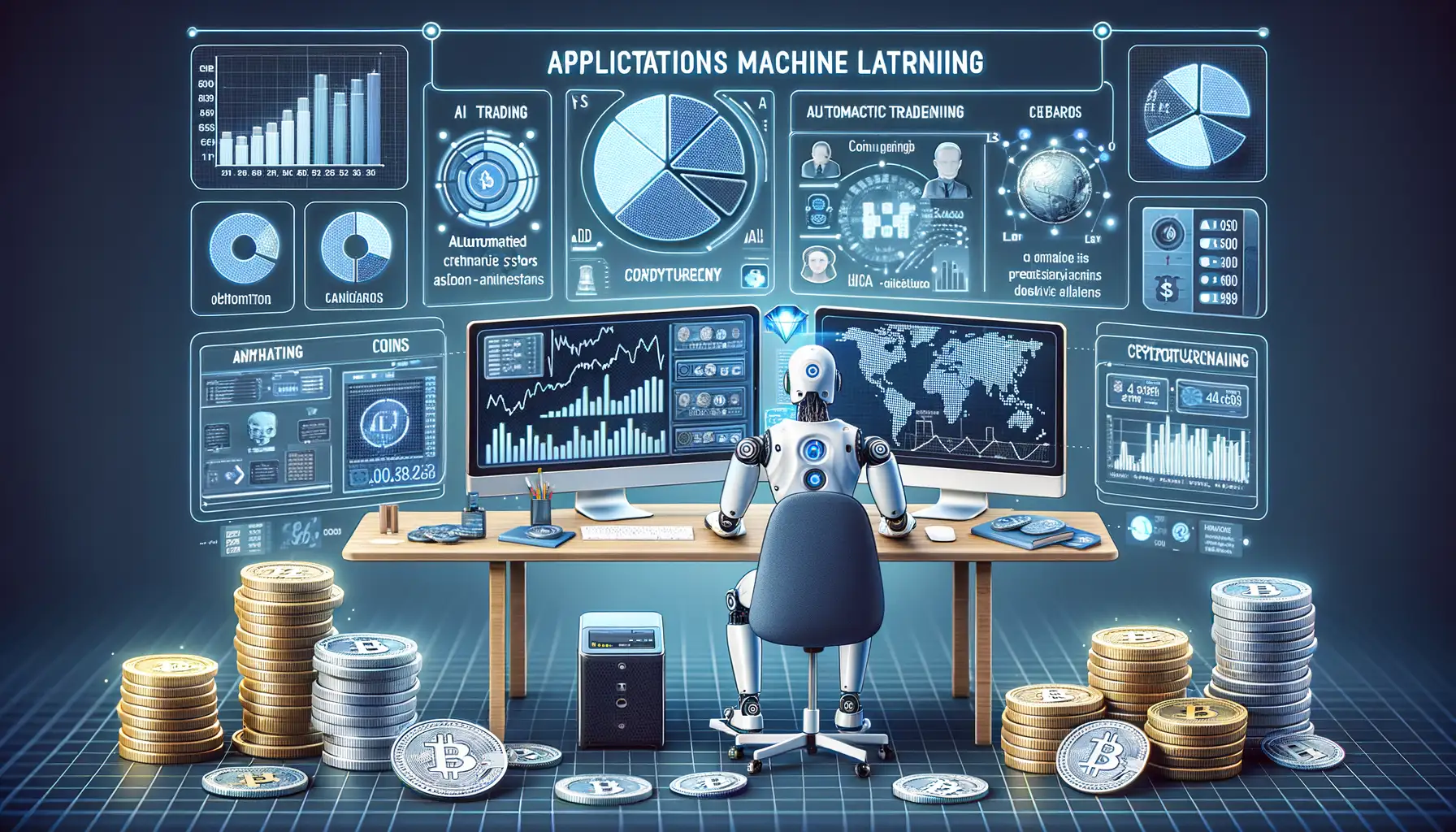
Transforming Coin Valuation with Machine Learning
Imagine holding a rare coin, its intricate details gleaming under the light. Now, picture this: instead of paging through catalogs or depending on subjective human judgment, a machine-learning algorithm scans that very coin in seconds and gives you an accurate valuation. Sounds futuristic? It’s already here. With technologies like computer vision and neural networks, coin assessments have entered a whole new dimension.
These algorithms analyze thousands of images to evaluate condition grades, detect microscopic flaws, and even determine authenticity. For instance, pattern recognition software can spot counterfeits by identifying anomalies invisible to the naked eye. That means less time worrying about scams and more time enjoying your collection—or profits.
Predicting Trends and Market Demand
Beyond grading and authentication, machine learning works wonders in predicting market trends. By sifting through mountains of data—auction results, collector behavior, historical prices—it identifies patterns to answer that burning question: “What’s hot, what’s not?”
Some standout applications include:
- Dynamic pricing models: Adjusting prices based on real-time demand.
- Identifying underrated coins poised for value surges.
- Understanding seasonal trends to optimize sales windows.
The result? Collectors and dealers gain data-driven insights that elevate their strategies from reactive to razor-sharp proactive moves.
Challenges and Opportunities in Applying Machine Learning to Numismatics
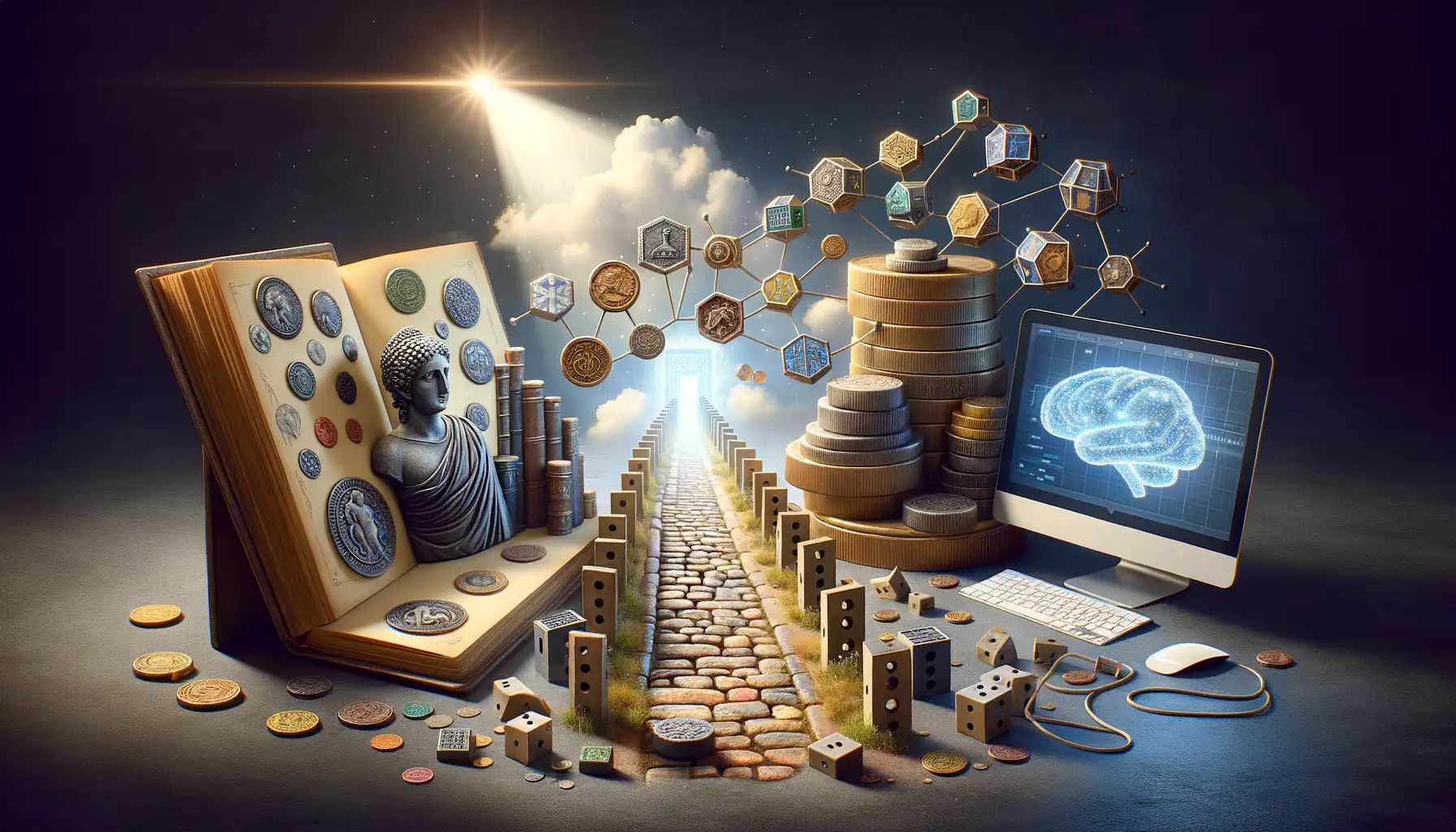
The Hidden Hurdles Facing AI in Numismatics
When it comes to applying machine learning to the nuanced world of numismatics, it’s not all shiny coins and flawless algorithms. One major challenge lies in the sheer variety of coinage. Think about it: centuries of history, across countless cultures, have produced coins in every possible size, condition, and design. Training a machine to identify and value an ancient Byzantine coin alongside a modern commemorative piece? It’s akin to asking a single chef to master every cuisine in the world—daunting, but not impossible.
Another stumbling block is the issue of data quality. High-resolution images are critical for accurate analysis, but many collections rely on older, lower-quality scans or photographs that can confuse even the smartest models. And let’s face it, coins aren’t predictable—wear, scratches, or discoloration add a layer of complexity, making it hard for AI to spot key identifiers.
Yet, challenges often walk hand-in-hand with opportunities. Overcoming these hurdles opens doors to creating bespoke algorithms capable of analyzing cultural significance, detecting fakes, and predicting which coins could soar in value. This isn’t just technology; it’s transformation.
Future Trends and Impacts of Machine Learning on the Numismatic Market
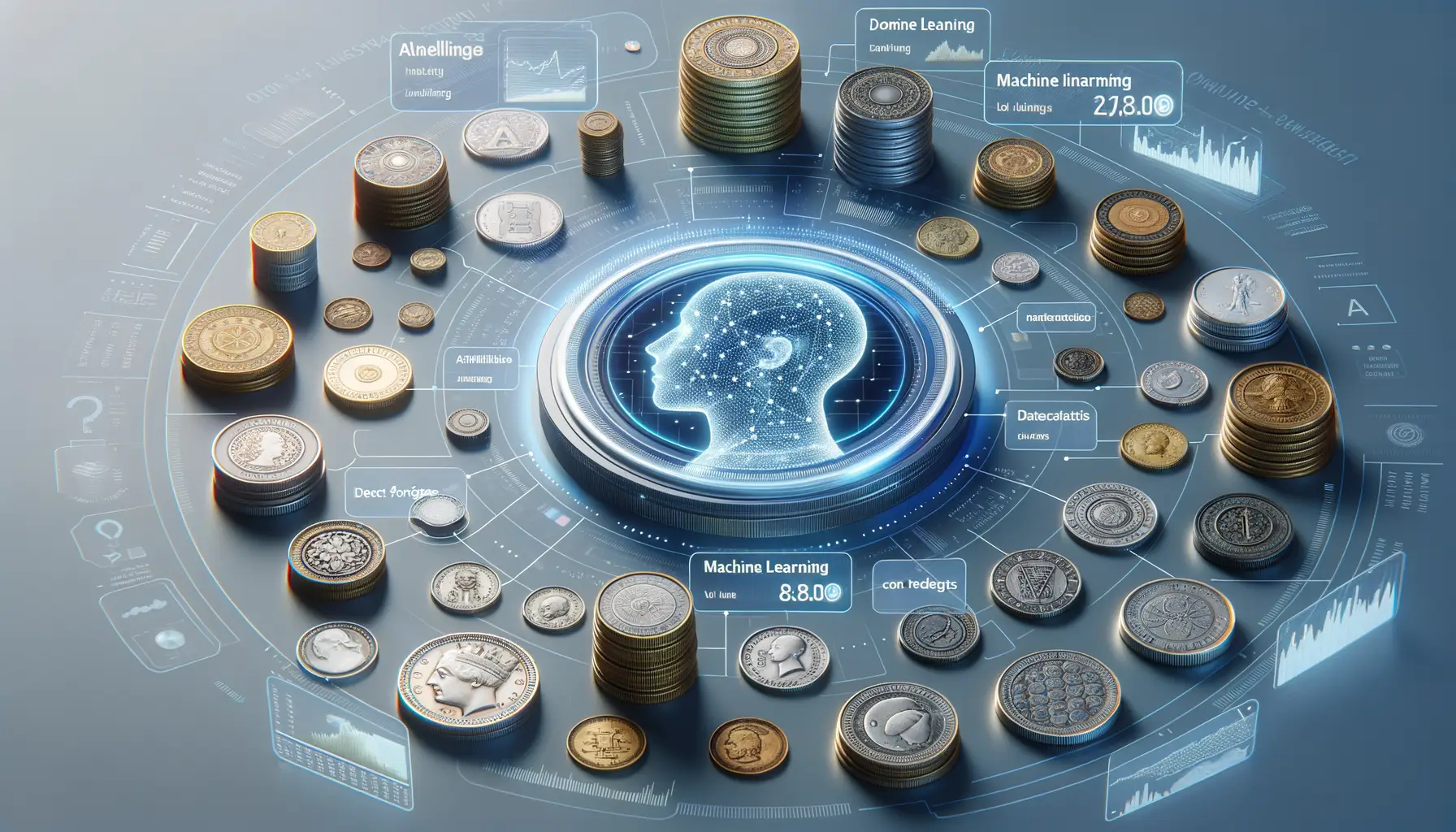
How Machine Learning is Shaping Tomorrow’s Coin Market
Picture this: a collector in 2030, their tablet scanning a rare coin in seconds and revealing its value, history, and even the tiniest of imperfections no human eye could spot. This isn’t science fiction—it’s where machine learning is propelling the numismatic market.
Emerging trends show that algorithms are doing more than just playing detective with counterfeits. They’re unlocking treasure troves of untapped data. Imagine a system that tracks the rise and fall of coin prices like a stock market ticker, predicting with stunning accuracy when a coin will hit its peak value. It’s like having your own crystal ball—except powered by AI.
And for sellers, the future is thrilling. **Dynamic pricing models** fueled by machine learning will swoop in to remove guesswork. Here’s what’s on the horizon:
- AI-powered grading systems refining their ability to assess coins with microscopic precision.
- Advanced algorithms that anticipate collector trends, spotlighting which coins will trend before they even do.
Who knew the clink of coins could meet the hum of technology so beautifully?

